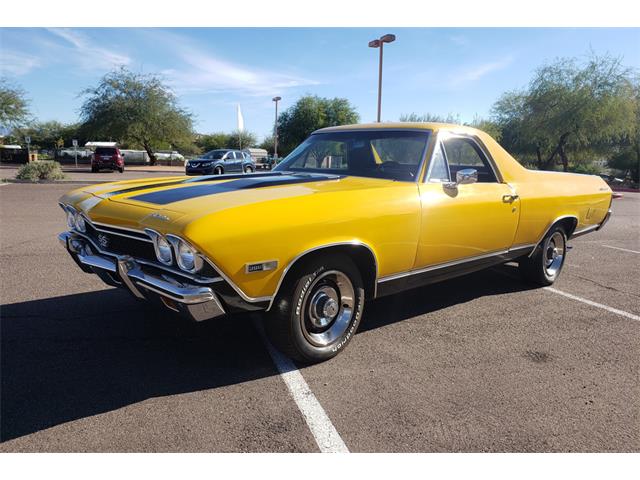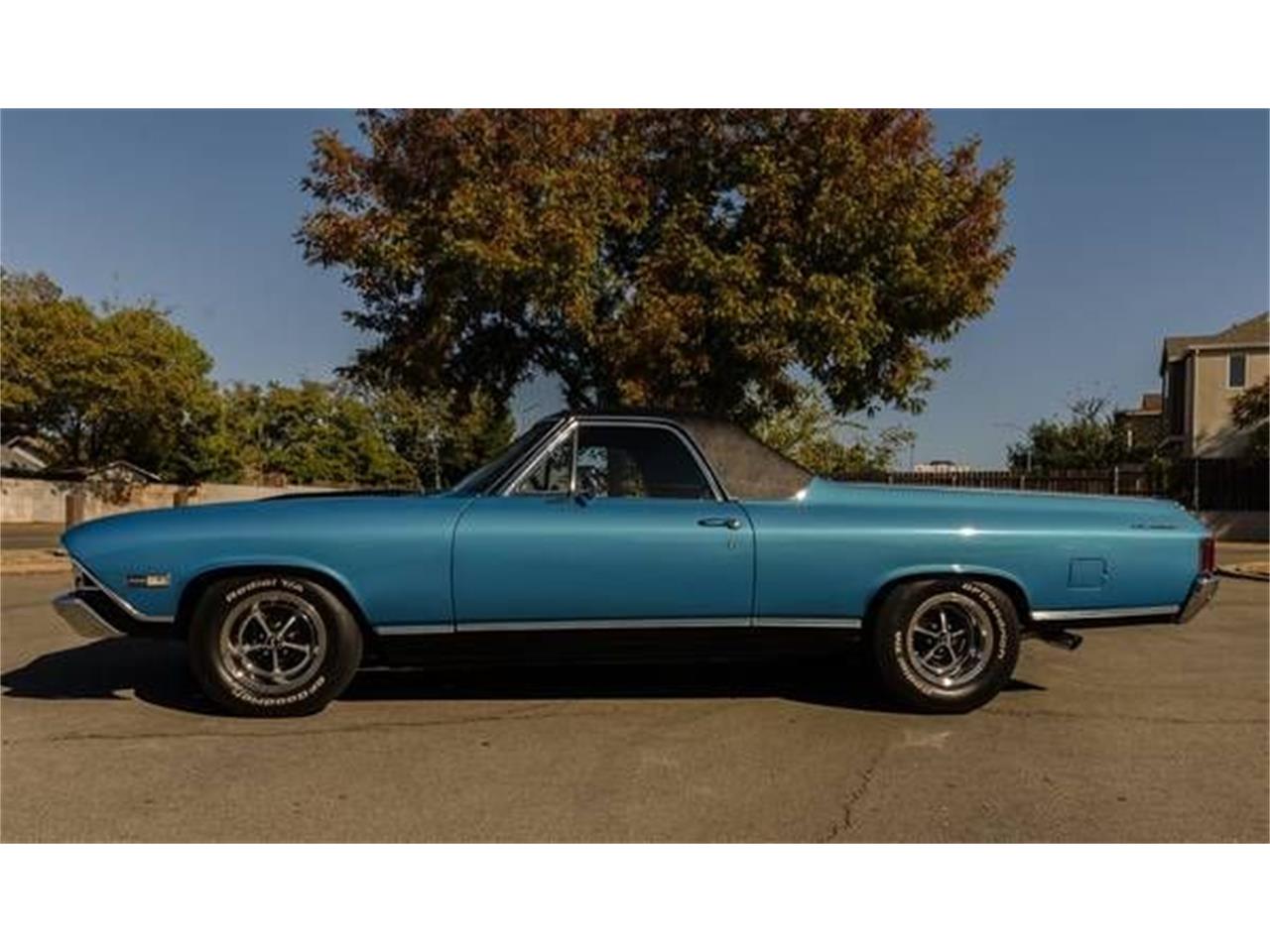
An attempt at a sixth generation was given the axe in 1995 when the rise of the SUV rendered the concept more or less obsolete–at least for a decade or two. The public received these models with modest enthusiasm, but the new designs didn’t catch on quite enough for the Elky to retain that glow of success. A second generation made its debut in 1964, a sporty third generation was released in 1968, and fourth and fifth generations were released in the 1970’s. In the decades that followed, the El Camino was resurrected for a few more generations of design. Chevrolet execs did the math and made the call to discontinue the model. The same year, Ford released a wildly successful redesigned Ranchero built on the platform of the Ford Falcon.
#Insurance for a 1968 el camino upgrade#
But in 1960, despite an upgrade and redesign, orders dropped to just over 14,000. A total of 22,246 El Caminos were produced that year a handful more than the Ranchero during its first release in 1957. The 1959 El Camino enjoyed a relatively successful release. It was designed carry a payload of 295 to 522kg.

The capacity of the bed totalled 0.93 m3–not too shabby, compared to many other consumer trucks available at the time.


Interestingly, you could remove that corrugated sheet to see the Brookwood’s floor pan, including the original built-in footwells. But those first El Caminos offered an unexpected feature that showed well: the first steel truck bed floor, as opposed to the then-standard wood.ĭesigners created the ’59 El Camino with a corrugated steel sheet bed that used recessed bolts to attach directly onto the Brookwood’s floor pan below. The passenger-level suspension left the El Camino level to the ground when unloaded, and payload capacity ranked a little lower than the Ranchero’s. Though first-generation El Caminos were produced with a handful of impressive-for-their-time powertrain options, their suspension left a little to be desired. The 1959 Chevrolet El Camino came standard with only one trim level option, which included the interior finishing touches of a low-range Chevrolet Biscayne.ĭesigners produced the first El Caminos with several engine options: the 283-cid Turbo-Fire V8 with two- or four-barrel carburetion, several Turbo-Thrust 348-cid V8s with four-barrel or triple two-barrel carburetors producing 250 kW, and 250- and 290-bhp 283-cube Ramjet Fuel Injection V8 engines. Twin headlights, moderate rear fins, and the trim of a mid-level Belair contributed the flamboyant style of the era’s best-selling sedans. Built on a somewhat modified Brookwood two-door station wagon chassis, the original El Camino won hearts with its flamboyant style. This short-lived vehicle made its debut in 1959 as a challenge to Ford’s successful Ranchero. I’m not sure if the process of splicing in an additional length of wire did any damage to any other components though.Is it a car, a truck, or a novelty? Designers at Chevrolet would likely say the El Camino is whatever you want it to be. I’m thinking that the battery is probably kaput, and in the process of recharging/replacing it I should go ahead and replace the old wires and add in a better system to hold the battery in place.
#Insurance for a 1968 el camino how to#
Now the car won’t start at all, and I’m hoping for some advice on how to proceed from here. That is, until this morning, when I decided to splice in an additional length of wire to help prevent the wires from getting ripped out. I’d forgotten to disconnect the battery a couple of times overnight and the engine would still start. The battery is also not clamped in place, and so it can slide (and rip out the wires from the starter and alternator from the positive terminal in the process) around if I drive reckressly. The previous owner warned that if I left the positive cable attached overnight, the battery would drain. I drive a mostly restored 68 El Camino that runs well most of the time, but it has problems with the wiring.


 0 kommentar(er)
0 kommentar(er)
